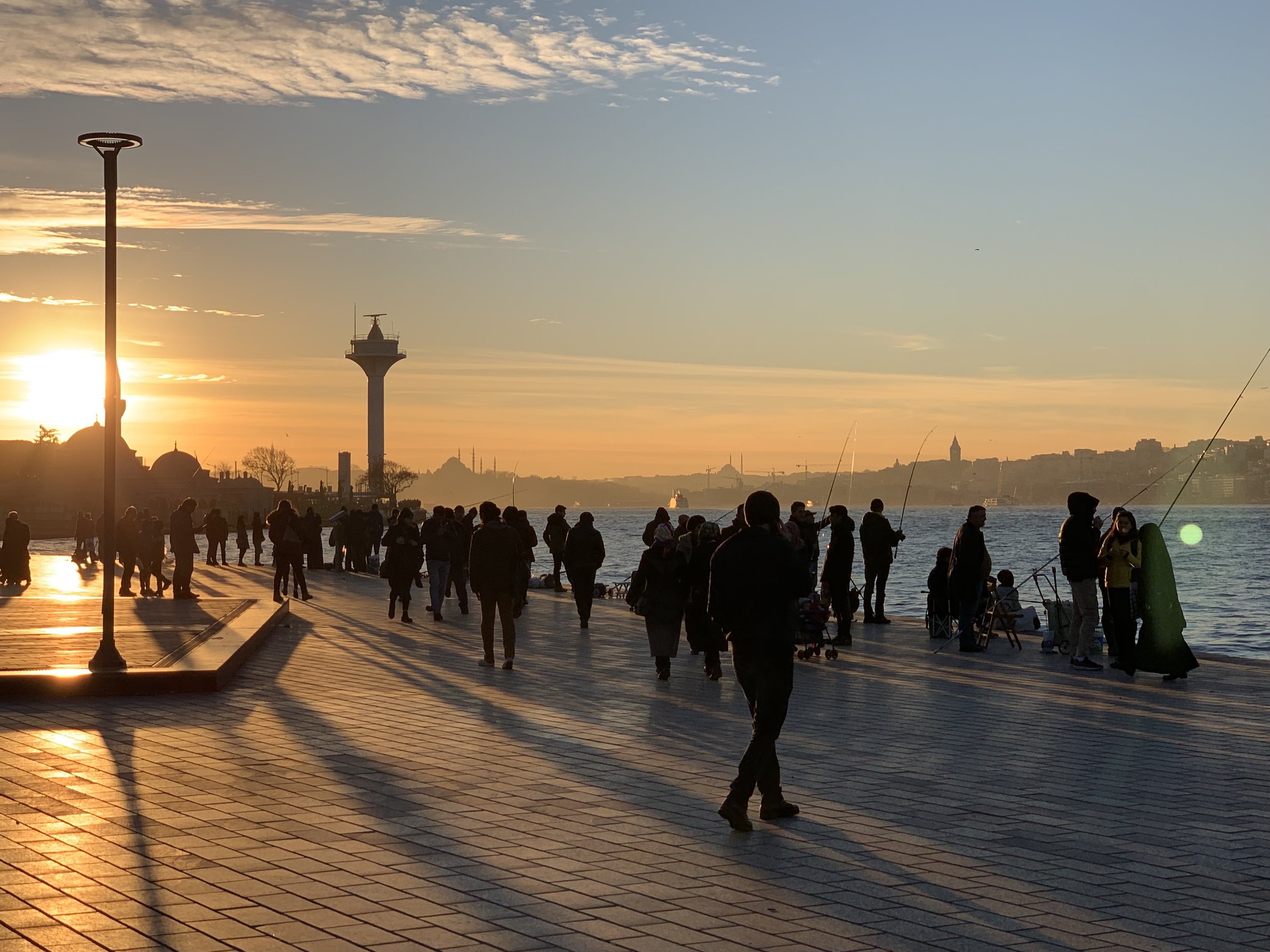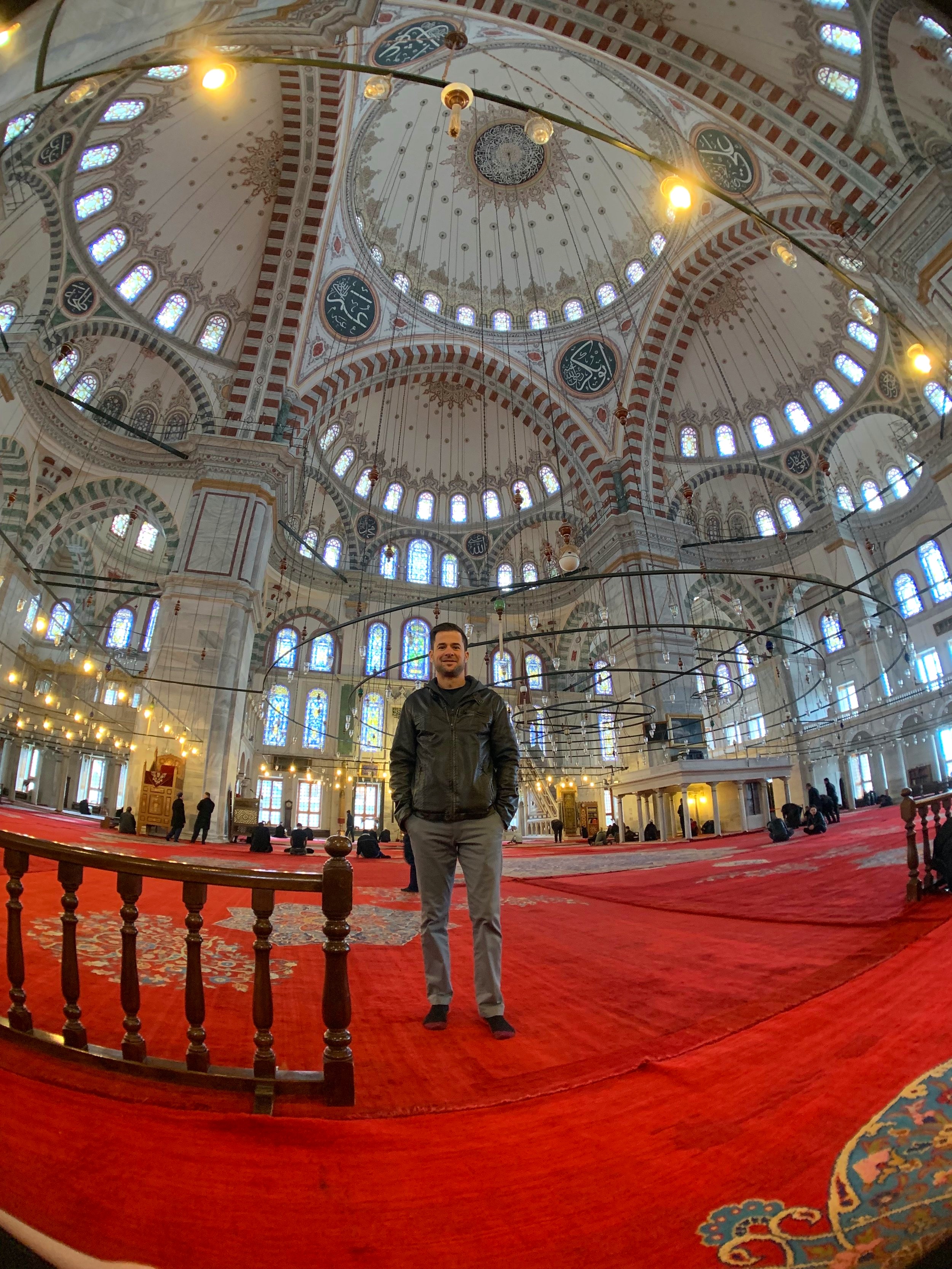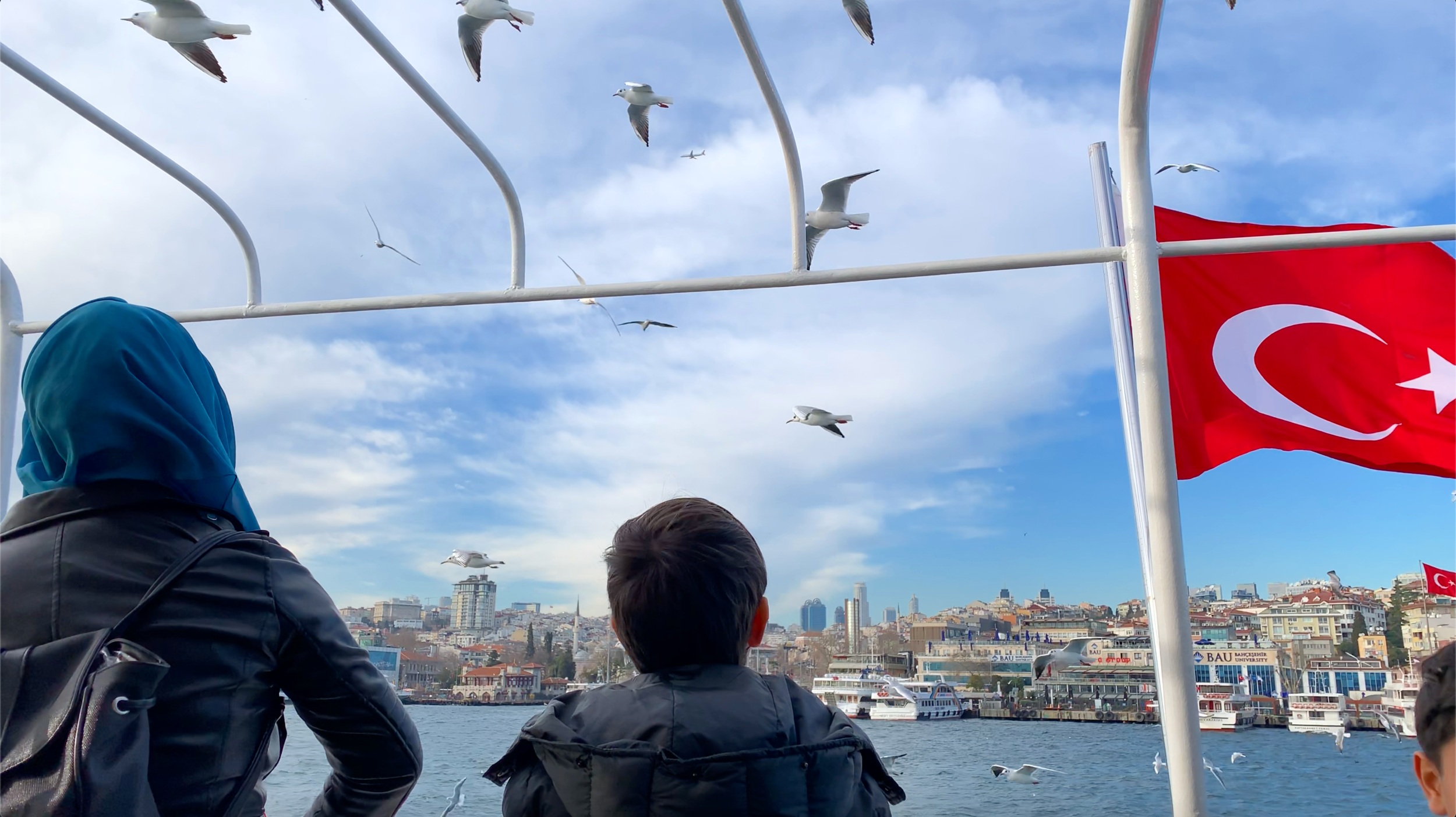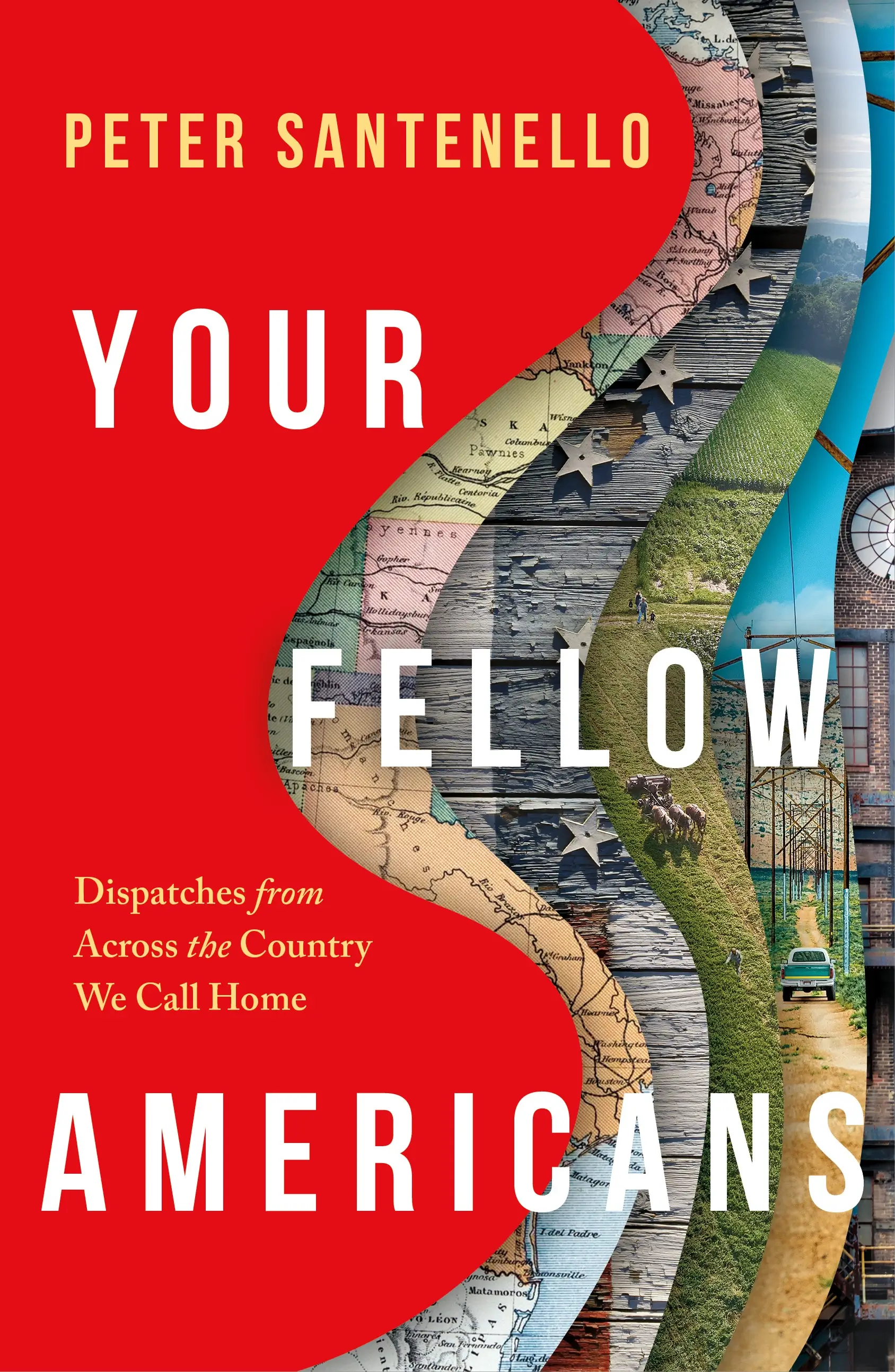
Our world often works off of metrics—objective numbers. This is the way humans frequently define reality. Scientists, pharmacists, doctors, the scale in your bathroom, you and me—so many of our actions are governed by analytics.
But, for some reason, how we view safety in the world is seemingly exempt from our number-driven thinking. Rather, we use our emotions when deciding how safe a place seems, and I saw this kind of thinking in action when my American/Brazilian friend, Raffa, met me in Istanbul last week.
At first, Raffa was reluctant to come on the trip. I asked him, “Raffa, what’s the problem?” He stammered for a minute, and then answered, “It’s a Muslim country. So, you know, it’s dangerous.” This piqued my interest, and I pushed him a little by asking, “How do you know that?” He couldn’t really answer my question, and instead of citing statistics or any sort of numbers, he instead replied, “Well, I just feel that it’s a dangerous place to go.”

The irony of Raffa’s story is that, although he has lived in the United States for the past fifteen years, he is originally from Brazil, which is statistically one of the most dangerous countries in the world. Knoema’s World Data Atlas shows that Brazil had the most homicides in the world (about 21.55% of the world’s total homicides).
Despite these statistics, Raffa was still hesitant about our journey. It took some persuading, but I convinced him to come with me to Istanbul. At the beginning of the trip, I could tell that he was nervous. His body language emanated tightness. He was ready for danger to strike at any moment. This was particularly apparent when we were in the metro.

I was taking a picture of Raffa when a security guard touched him on the shoulder. He jumped and turned to the security guard, bracing for the worst. Raffa later told me that it was at that very moment that he thought he was going to be taken away, that he was going to become a “disappearing American” story. Instead of whisking my friend away to a forgotten nowhere, the security guard merely smiled and said, “cheese” in a thick, Turkish accent, and the two took a photo together.
Raffa did not expect such a friendly gesture in this supposedly dangerous city. In fact, Istanbul seemed to violate a lot of Raffa’s expectations. Where he had expected women to be fully covered by burkas, he found a woman in a skirt doing a photoshoot while other women watched and sipped beer at a café. Where he had expected chaos, he found curious conversation. He saw reality for what it was in Istanbul rather than for what he felt it was or had been told by others it was. And he had an awesome time.

I tell Raffa’s story to show that when it comes to safety, we tend to forget the statistics that so often guide other parts of our lives. Instead, we frequently look at a location through the last piece of information that we’ve heard or seen about that place.
Unfortunately, that information typically comes from news outlets that are governed by the principle of “if it bleeds, it leads.” This kind of informational cherry-picking can erroneously invoke fear in people. For example, it can push Ukrainians to think that Colombia is dangerous, Americans to think that Ukraine is dangerous, and everybody to think that Iran is dangerous.
For most Americans, the last thing that they saw about Ukraine was war, which misleads them into thinking that all of Ukraine is dangerous. Another example lies with Bosnia. The last piece of information that many people heard about Bosnia was that the country was at war. That was over a decade ago, but numerous people still think that it’s an extremely dangerous place. However, it’s fine to travel to now.

We too often view the world through emotions created by fear-invoking news stories, and we tend not to utilize the objective numbers that we use in pretty much every other facet of our lives to make a rational decision.
So, I challenge you, dear readers, that the next time that you believe a place to be “dangerous,” to go look at the numbers. Look at that place’s crime statistics and make your judgments of that locale based on facts as opposed to emotions. Like Raffa, you may be surprised at what you discover.

If you’re interested in more content visit these links below:
